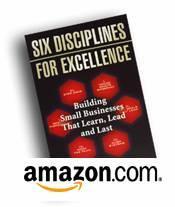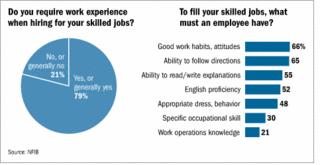Many change efforts within organizations are declared failures and abandoned before they are given a chance to succeed.
Most major change initiatives fall far short of the goals and expectations set for them. Here are seven steps that make the critical difference to make change succeed and
last.
1. Create a sense of urgency. For an organization to change, it needs to have something like a heart attack-a wide-spread sense that if we don't change our ways, and soon, we may die. This pain and fear is behind almost every major change initiative. You don't go through the expense and hassle for the fun of it. You do it because you believe you have to.
2. Build a strong guiding coalition. Most change initiatives flounder or fail because of problems in the management team, even when there is no evidence of discord. Everyone sits around the conference table nodding their heads in agreement when the change initiative is proposed and discussed.
3. Develop a clear vision. What will success look like? What's the plan for getting there? How will this plan overcome the pain of not changing? Articulate the vision in a few forceful and memorable words.
4. Ask different questions. If you want a different response-a different set of behaviors-then you should ask different questions that are aligned with the new strategy. If you create a sense of urgency around your plan, anticipate and fix problems in the leadership team, develop a clear vision of the end state you want, and encourage behavior change by asking different questions, you will have a strong foundation for change.
5. Work the plan. Get the leadership group into strong alignment, develop and communicate the vision, and stress the need for urgent action first. When people know why the change, they can figure out what needs to change and how to change it.
6. Design in a short-term win. Major change initiatives take time. The disruption, the learning curve, the initial clumsiness-all of these take a human toll. Look for the things that are going right, publicize and celebrate them. Early wins are critical to creating a climate where people will keep motivated.
7. Embed the change in the culture. New behaviors take time to become habitual. Spaced repetition is the best way to embed new ways, and means, and attitudes. If you skip this simple follow-up, all the expensive, painful, disruptive process of changing is wasted. Over time, people revert back to the old, familiar ways, and one more change initiative fails and is forgotten. Spaced repetition is a highly effective way to make change
last and to make the idea of change a permanent characteristic of the culture.









